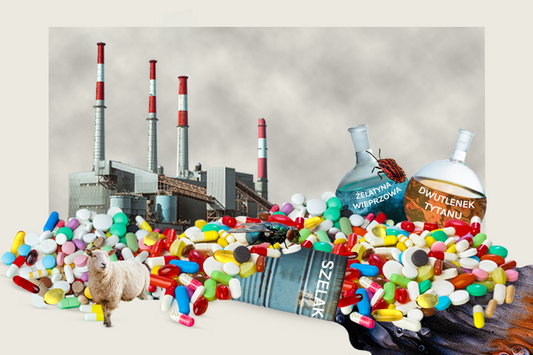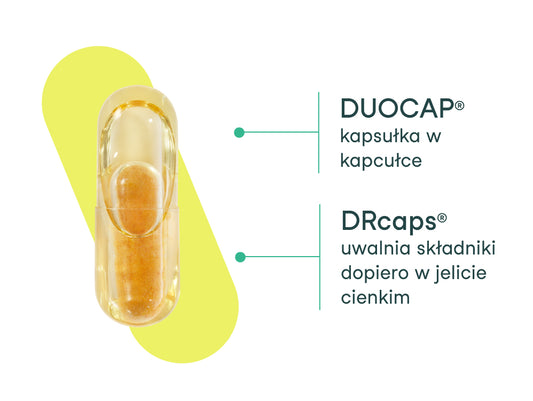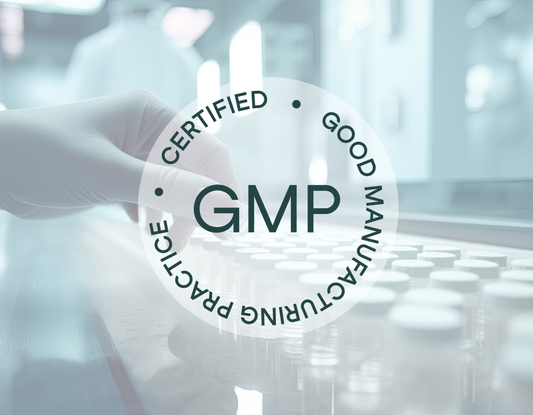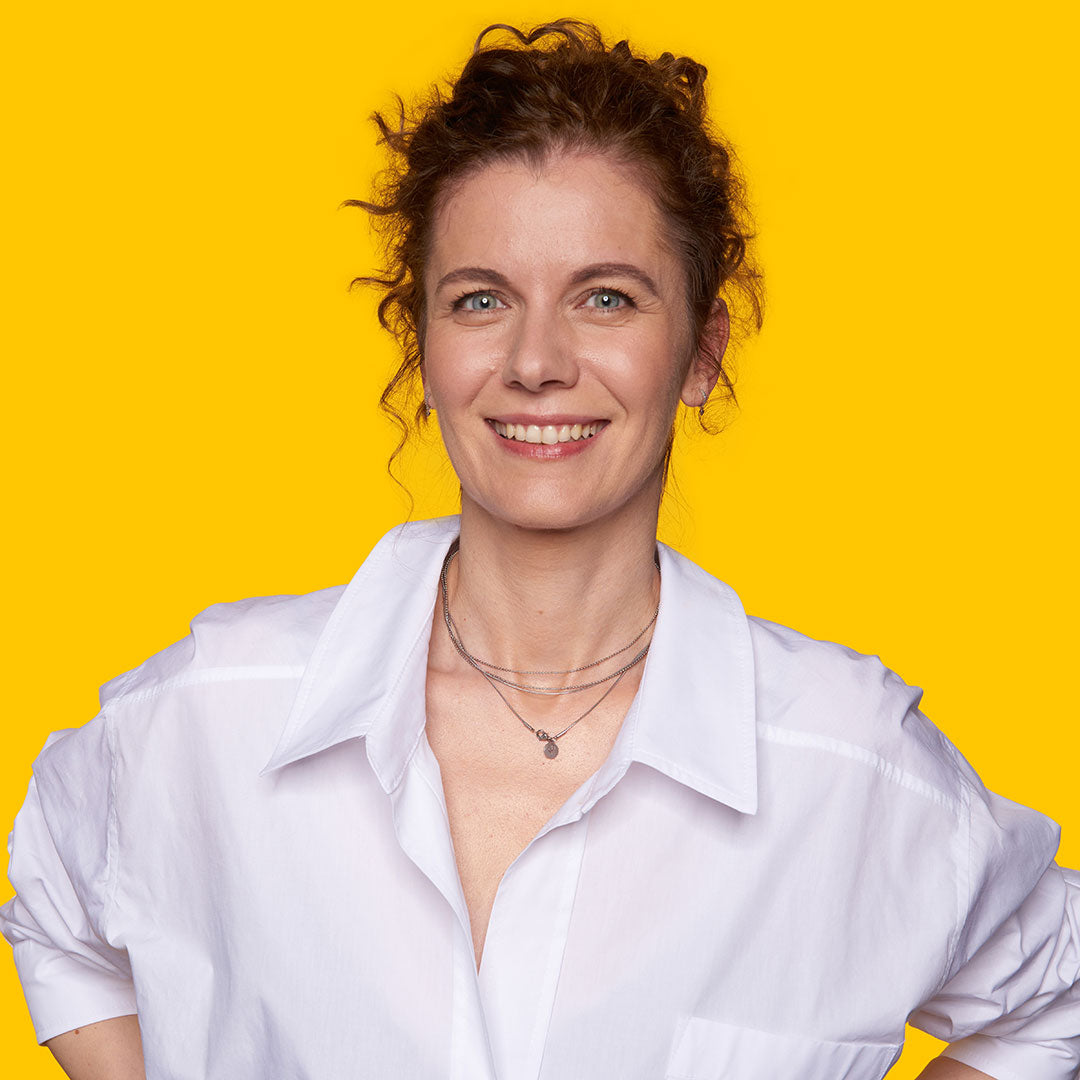
To the question "How to take care of your health?" MD Nina Nicheska answers – holistically, and the basis is, among others, balanced diet and wise supplementation. What this means in practice - he explains using the example of his menu.
M.D. Nina Nicheska, co-founder of nikalab:
“I believe that maintaining a healthy diet is neither a passing fad nor a chore - it is a necessity in today's busy world. This does not mean constant restrictions and obsessive checking of the composition of each product. You should not confuse healthy eating with orthorexia - a psychological disorder in which a person becomes a prisoner of his or her own eating style (read more about itin a separate article ).
A healthy and balanced diet is a diet that mostly consists of products considered "healthy" , but from time to time (during parties, meetings with friends or trips to the city) our plate may include products considered "healthy". less healthy.” If we take care of the basics , exceptions will not be a problem.
My plate of healthy eating.
The basis of my diet are plant products , such as whole grains, vegetables, legumes, fruits, nuts, seeds, herbs and spices. I compose my plate in such a way that it contains: half vegetables, one quarter whole grain products and one quarter protein.
Basically, we can say that this rule is similar to the so-called healthy eating plate (or "Harvard plate") , which is a more accessible version of the food pyramids.

According to WHO recommendations, I limit animal products in my diet. Meat appears on my plate only once in a while. I supplement the protein necessary for my body by eating legumes, dairy products and cereals . My plate also includes 1-2 eggs a week, feta and halloumi cheeses, rich in calcium and phosphorus, B vitamins and protein, but I eat cheese in moderate amounts because they also contain a lot of salt and sodium. I focus on whole grains as a healthy source of fiber, protein and trace elements, including magnesium, zinc and copper.
Diet is also an anti-aging element.
Taking care of the prevention of lifestyle and inflammatory diseases , as well as the anti-aging effect, I include healthy fats and lots of colorful vegetables in my diet , rich in various antioxidants and carotenoids , which help fight free radicals and reduce inflammation, and are also rich in vitamins and minerals.
An important element in this respect is also limiting sugar in the diet. Usually a square of dark chocolate or a dessert with chia or peanut butter is enough for me. I also try to eat as little sweet fruit as possible because, like sweets, they reduce the body's sensitivity to insulin, which promotes the development of diseases such as type 2 diabetes, neurodegenerative diseases and cancer.
What should be in every meal?
Each meal in my family is composed in such a way that it contains:
- protein,
- fiber,
- essential fatty acids (EFA),
- B vitamins,
- vitamins A, E,
- vitamin C,
- vitamin K,
- minerals, among others magnesium, calcium, zinc, potassium, selenium, copper.
This list may seem complicated at first, but composing it is much easier when you have a stock of products at your disposal . That's why I shop according to a specific list, which I update on an ongoing basis. You will find this list below.
I always emphasize that meals must be as varied as possible - it is better not to eat the same thing several days in a row. Different products contain different ingredients, vitamins and minerals. Only their rotation helps provide the body with as many different necessary compounds as possible (why it is so important, you can read in this article ). And what we cannot get from our diet in appropriate quantities can be supplemented with wise supplementation .
My shopping list that helps you take care of your health holistically:
1) Green leafy vegetables: arugula, spinach, lettuce, cabbage, corn salad, kale + other seasonal vegetables:
- Cabbage
- Cauliflower
- Kale
- Broccoli sprouts
- Arugula
- Pak choi cabbage
- Spinach
- Asparagus
- Beetroot
- Zucchini
- Tomatoes
- Sweet potatoes
- Onions
- Mushrooms
- Garlic
- Pepper
- Carrot
- Peas
- Pumpkin
- Carrot
- Parsley
- Eggplant
- Celery
- Green Beans
- Radish
- Brussels sprouts
- Cucumbers (fresh and pickled)
- Avocado also occasionally…
2) Whole grain products:
- Quinoa
- Popcorn
- Pęczak groats
- Unroasted Buckwheat Groats, Gluten-Free
- Oat
- Brown rice
- Whole-grain pasta
- Couscous
- Bulgur
- barley
- Wholegrain bread with low GI
3) Protein source: beans, eggs, tofu, sometimes feta/halloumi cheese, as well as:
- Chickpea
- White or black beans
- Edamame
- Lentils
- Green Beans
- Tofu
4) Fruits:
Berries:
- Blackberries
- Berries
- Cherries
- Acai berries
- Cranberries
- Goji berries
- Strawberries
- Raspberries
- Blueberries
- Currants
Other:
- Apples
- Apricots
- Tangerines
- Plums
- Pears
- Peaches
- Bananas
- Grapefruit
- Kiwi
- Limes
- Lemons
- Oranges
- Grenade
- Olives
5) Nuts and seeds:
- Almonds
- Italian nuts
- Brazil nuts
- Pistachios
- Pecans
- Cashews
- Hazelnuts
- Macadamia nuts
- Flaxseeds/linseeds
- Pumpkin seeds
- Sunflower seeds
- Chia seeds
- Sesame
6) Herbs and spices:
- Turmeric
- Sage
- Thyme
- Basil
- Bay leaves
- Cardamom
- Chili powder
- Rosemary
- Pepper mint
- Smoked paprika
- Oregano
- Cinnamon
- Coriander
- Garlic
- Lemongrass
- Nutmeg
- Parsley
- Pepper
- Ginger
- Caraway seed
- Horseradish
7) Other:
- extra virgin olive oil (anti-inflammatory),
8) Water and tea:
- Filtered tap water
- Alkaline water (sometimes)
- Chamomile tea
- Lemongrass tea
- Dandelion tea
- Wild rose tea
- Rooibos tea
- Matcha tea
9) Dietary supplements:
nikalab - supplementing a varied diet with ingredients that we do not get from food in sufficient quantities. In my case, it is Niklab Everyday Base for women 18-49 years old, containing Omega-3 acids from algae (EPA + DHA), vitamin D3 from algae, active folic acid, active vitamin B12 and choline.


What makes our capsule stand out?
The nikalab capsule impresses not only with its appearance, but also with its operation. We used two innovative...








